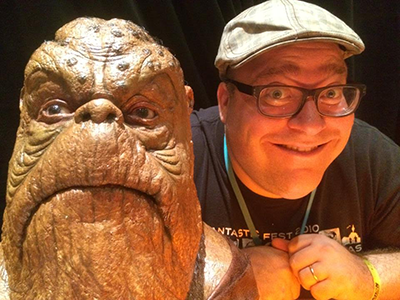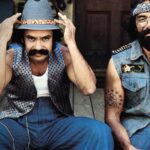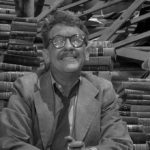Yes, I watched all 9.5 hours. I did it in stages over a week. Here were the two big surprises: it does not attempt to be a soup-to-nuts overview of the Holocaust. It’s just people talking. No source footage, no narration. It is a polar opposite from the traditional History Channel gig. Second surprise, it is a very spare, simple operation that winds up being very self-reflexive as a sloppy document. It is fly-on-the-wall and, as a result, will fascinate anyone interested in how documentaries are made. The cameras keep rolling as subjects beg to be released. Lanzmann persists, “it is important. You must go on. You must say what you saw.” On to the content: Lanzmann, who appears onscreen from time to time with cigarette and blocky glasses pressing recalcitrant subjects, throws you right in to the middle of everything. His subjects don’t really follow a chronological or geographic throughline. They are escapees, Sonderkommando, repentant SS, not-so-repentant SS and Polish witnesses of differing ages and perspectives. It was this last group, the quintessential “what could we do?” group that really got to me. When some French documentarian sticks a camera in my face in 35 years and asks me what I did during the invasion of Iraq, what will I say? Anyway, if you’ve ever gone a day questioning man’s inhumanity to man, check this one out.
Related Posts
Welcome

Jordan Hoffman is a New York-based writer and film critic working for The Guardian, Vanity Fair, Thrillist, Times of Israel, NY Daily News and elsewhere.
He is the host of ENGAGE: The Official Star Trek Podcast, a member of the New York Film Critics Circle and challenges you to a game of backgammon.






